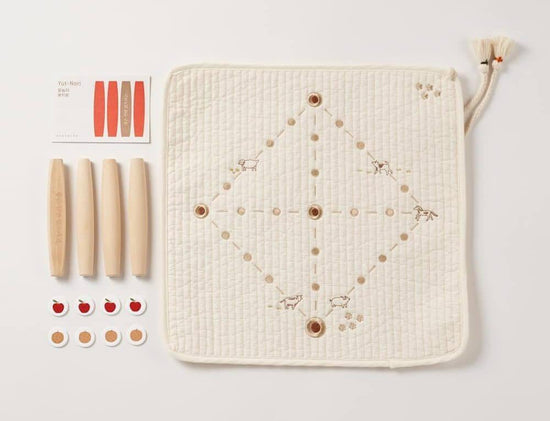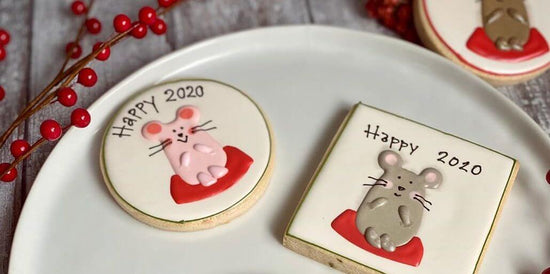What is Seollal? Everything You Need To Know About This Special Occasion

Seollal is coming soon! Without any doubt, it is one of the most awaited and bright holidays in South Korea.
It is way more than just a day on the calendar. Seollal is a time of family gatherings and joy, accompanied by various fascinating activities. So, what do Koreans usually do during this holiday? Let’s discover the simple yet beautiful customs that make this celebration unique, emphasizing the warmth of family ties and the lively spirit that fills the air during the Korean Lunar New Year.
What Is Seollal?

Seollal (설날), or Korean Lunar New Year, is a significant national holiday that has become an essential part of Korean culture. It marks the first day of the Lunar New Year. However, the exact date of Seollal varies annually based on the lunar calendar, but it usually falls between late January and mid-February in the Gregorian calendar. In 2024 - the year of the Wood Dragon - Seollal in South Korea will officially be celebrated on February 10.

Origins of Seollal
Although it is still a mystery yet to be fully unfolded, many people suggest Seollal celebrations can be traced back to the 7th century, as documented in Chinese historical records like the “Book of Sui” and the “Old Book of Tang.” These works include descriptions of national rituals and festivals held in Silla during that period, providing early accounts of Seollal practices and traditions in the region.
With time, the Lunar New Year has covered many countries and is now widely celebrated in Asia. Every nation celebrates Seollal differently, following its distinctive aspects and traditions, and South Korea is no exception. Let’s have a deeper look at various customs and peculiarities.
Profound Rituals of Seollal
Sebae

Sebae (세배) is one of the most important traditions performed during Seollal, when young people deeply bow to the elders, wishing luck, prosperity, and good health. It is seen as a sign of respect towards the elder members of the family. In return, older people generally give youngsters a pretty gift pouch with money inside. This part of the ritual is called sebaetdon (세뱃돈).
Charye
Another essential ritual that should be followed is charye (차례). People believe in expressing gratitude and respect to their ancestors during it. Most commonly, food is prepared beforehand and placed on the table. Afterward, deep bows should be performed to pay tribute to ancestors and soak up their wisdom.
Koreans usually wear a Hanbok - a traditional Korean outfit - during the ceremony. The clothing brings authenticity to the process and allows people to look stunning on the special occasion.
Saju
Although this tradition is not as widespread as the previous ones, but some people still prefer to do Saju (사주) during Seollal. Saju refers to fortune-telling; Koreans believe the beginning of the Lunar New Year is a great opportunity to find out their fate and get some predictions for the upcoming year in hopes of happiness, well-being, or maybe meeting the love of their life.

Seollal Festive Meals
What about the food that Koreans prepare for the festive table? Here are some of the dishes that people traditionally eat during the Korean Lunar New Year.
Tteokguk

Tteokguk (떡국), a savory soup featuring round rice cakes, holds a special place on the Seollal festive table. It is believed that eating a bowl is like adding a year to your age.
Even though Koreans consume tteokguk regularly, its significance is elevated during Seollal as it represents prosperity and purity.
Jeon

Another popular dish usually present on the table is Jeon (전). These are pancakes that consist of green onions and a variety of other vegetables.
During Seollal, it is a common tradition for families to make a variety of jeon to celebrate the festive occasion. Some popular types of jeon include kimchi jeon (with kimchi), and haemul jeon (with seafood).
Traditional Folk Games Played During Seollal
Yut Nori

Yut Nori (윷놀이) is a traditional board game that involves throwing four wooden sticks (yut) to identify the number of spaces a player can move on the board.
Strategy and luck are the two main components that make this game a joyful addition to the celebration of Seollal. People absolutely love it!
Neolttwigi
Neolttwigi (널뛰기) is a seesaw game. It involves two people jumping on either end of a long board, trying to make the person on the other side fall off. It is a fun and lively outdoor activity that brings laughter and pleasure.
Tuho

Tuho (투호) is another engaging traditional game that involves throwing arrows into a pot called Tuhotong (투호통). Players take turns tossing sticks from a distance, aiming to land them inside the cylinder. Honestly, it is not an easy thing to do! It definitely requires precision and skill.
It is universally agreed that the festive and joyous spirit these traditional folk and Korean board games bring to Seollal celebrations encourages friendly competition and strengthens family ties.
Are You Excited Already?
It goes without saying that South Korea is the best place to experience the brightness of Seollal and witness the smiles of people genuinely having fun and reuniting with their families. You should visit it at this period as soon as you have an opportunity!
As the celebration approaches, The Daebak Company wishes you a Happy Lunar New Year! May it bring you peace, joy, and plenty of adventures!
What are the traditional Seollal activities?
During Seollal, Koreans typically engage in ancestor ceremonies, folk games, traditional food consumption, storytelling, and late-night conversation.
Why is the Seollal important?
One of the most significant Korean holidays in South Korea is Seollal, which honors the first day of the lunar calendar.
What do Koreans eat on Seollal?
The food might vary depending on families and regions, but the dishes that are commonly encountered on the festive tables are Tteokguk and Jeon








Leave a comment